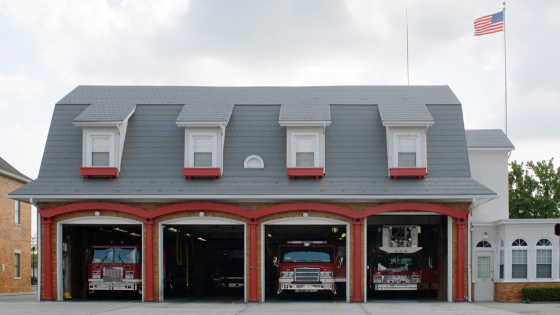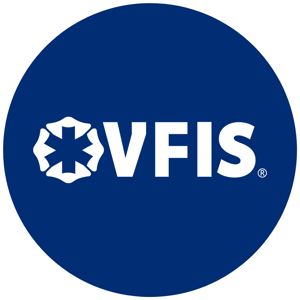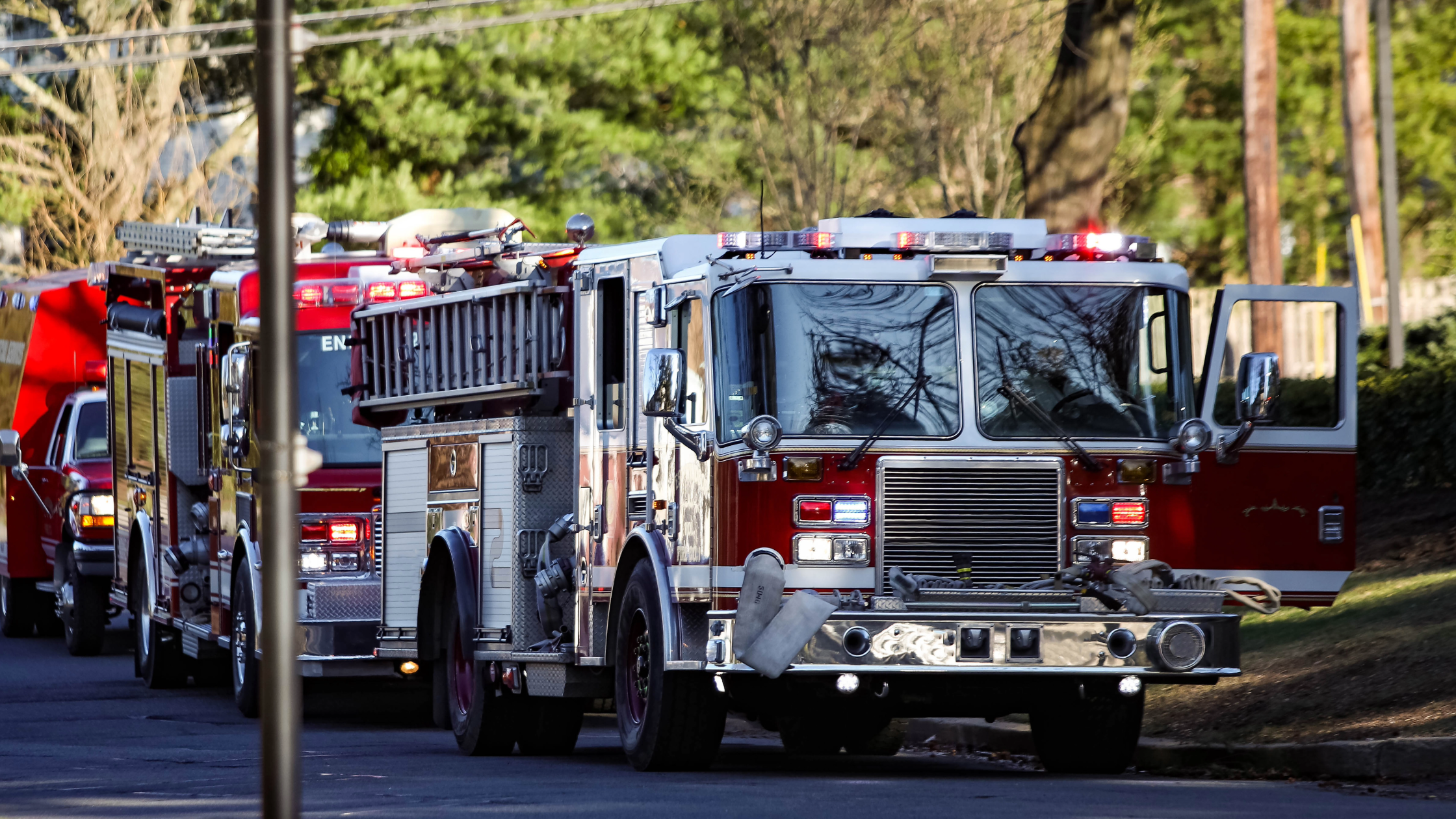A Q&A with Dave Michaels, Vice President of Education, Training and Consulting Services at VFIS, about the challenges departments may face and how help to overcome them.
While we might be biased, we truly believe that volunteer firefighting is one of America’s most heroic and iconic traditions. And, as the first insurance program designed specifically for volunteer firefighters – we understand the value they bring to our society and the risks they face every day as they help protect our communities.
Despite their value, we can’t ignore the fact that volunteer rates have steadily declined since the 1980s, urbanization is leaving small towns with fewer prospects, and recruitment and retention remains a major struggle for most emergency service organizations. This leaves many departments with no other options than to consider moving from a volunteer operation to a combination or career model.
If your department finds itself in this situation – we realize that it will be a difficult and heavyhearted decision to make. We sat down with Dave Michaels to talk about what fire departments should consider and how to make the shift.
Your top 5 questions about moving from a volunteer to career fire department, answered:
Q: What are signs that a volunteer department may need to transition to a combination or career department?
A: If call after call comes in but there’s only one person who is trained to go into a burning building and drive the truck, there’s not much that you can do about those fires – but you know you have to do something. Most departments that make the transition from all-volunteer to some level of career simply don’t have enough active interior firefighters for a sufficient crew; they’re unable to respond to calls and they’ve already exhausted all recruitment and retention strategies.
Q: If my department is in this situation, how should I go about the transition?
A: It all starts with planning and communication. First, you’ll need to identify the stakeholders. This typically includes the members of the fire department, legal representation, municipal leaders and the public. All stakeholders will play a vital role in the department moving forward – and it’s important that everyone is transparent and sets their egos aside to do what’s best for the community. Together you’ll need to decide the best course of action and discuss a timeline, top priorities and the importance of consistent communication.
You’ll also need to determine how the department will be funded and where the funds with come from – this can include exploring grant opportunities like Staffing for Adequate Fire and Emergency Response (SAFER) Grants, and looking for ways that the department can bring in revenue in the future (like code enforcement and inspections).
Q: What’s the role of leadership during the transition?
A: First, leaders need to set the vision for the department. Where do you see the department going? What will you be able to accomplish after the change has occurred?
You can start to prepare for the adjustment in culture by following a change model. One of the most popular approaches is the Lewin’s Change Management Model. The process starts with the unfreeze stage (where you explain why the change needs to be made and address peoples’ natural resistance and fears), then move through the change itself (where communication, support, education and time are key – and everyone finds their role within the new organization), followed by refreeze (where you review how things are going and ask for constructive feedback).
Throughout the process, you’ll need to continue to coordinate with the stakeholders (which will eventually include both volunteer and paid members), maintain morale by reminding volunteers that they’re wanted and important, be open with the public and local government, address any problems head-on (don’t let them fester!) and become educated on any new laws and regulations that could now impact your team, like the Fair Labor Standards Act (FLSA).
Q: What’s the role of leadership after the transition?
A: Even after the transition is “official” – you’ll need to continue to support active volunteers, build rapport with all members and nurture the new culture of the department as it becomes the new “norm”.
There will also be new administrative tasks for you to tackle. Now that your department has an associated “cost,” you’ll need to be open and accountable with the public and government officials about where the money is going. Maintain and review your data constantly, including documentation of any initiatives that make an impact on the safety and finances of the community, like a fire prevention program.
Most importantly, never stop learning – maintain memberships with professional associations, stay up-to-date on what’s going on in the industry and take advantage of networking opportunities. There’s always someone who has been through it – whatever it may be – who is willing to help.
Q: Who can my fire department contact if we have questions?
A: If your fire department is facing this change, you’re not alone. Seek advice about the transition from professional organizations like the IAFC or NVFC, discuss your situation with a consultant (including VFIS), or talk to other departments and municipalities about what worked best for them.
Change can be scary – and when you’re talking about your passion (and possibly a family tradition) emotions can be high. The key is to approach the situation with an open mind and transparency, and use your team’s unique circumstances to help determine what the next best course of action is. At the heart of the conversation, always remember why you do what you do, and how you can best help protect your neighbors and serve your community.
VFIS welcomes Dave Michaels to the team!
Dave brings 28 years of emergency service experience and served as Fire Chief for the York City Fire Department in York, Pennsylvania from 2012 until 2019 when he retired from the fire service. We extend our sincerest best wishes and gratitude to Dr. William Jenaway who previously held this position and retired in January after 19 years with VFIS.
DISCLAIMER
The information contained in this blog post is intended for educational purposes only and is not intended to replace expert advice in connection with the topics presented. Glatfelter specifically disclaims any liability for any act or omission by any person or entity in connection with the preparation, use or implementation of plans, principles, concepts or information contained in this publication.
Glatfelter does not make any representation or warranty, expressed or implied, with respect to the results obtained by the use, adherence or implementation of the material contained in this publication. The implementation of the plans, principles, concepts or materials contained in this publication is not a guarantee that you will achieve a certain desired result. It is strongly recommended that you consult with a professional advisor, architect or other expert prior to the implementation of plans, principles, concepts or materials contained in this publication.
This blog post may contain the content of third parties and links to third party websites. Third party content and websites are owned and operated by an independent party over which Glatfelter has no control. Glatfelter makes no representation, warranty, or guarantee as to the accuracy, completeness, timeliness or reliability of any third party content. References to third party services, processes, products, or other information does not constitute or imply any endorsement, sponsorship or recommendation by Glatfelter, unless expressly stated otherwise.
Related posts
We asked 10 members of our VFIS Team to name one auto-related risk that they believe is underdiscussed in fire and EMS agencies. Here’s what they said.
Most volunteer fire departments rely heavily on POVs, but there are inherent risks you should know.
Establish a Emergency Vehicle Operations Program that includes driver/operator requirements to help ensure your vehicles are in the right hands.











Submit a Comment